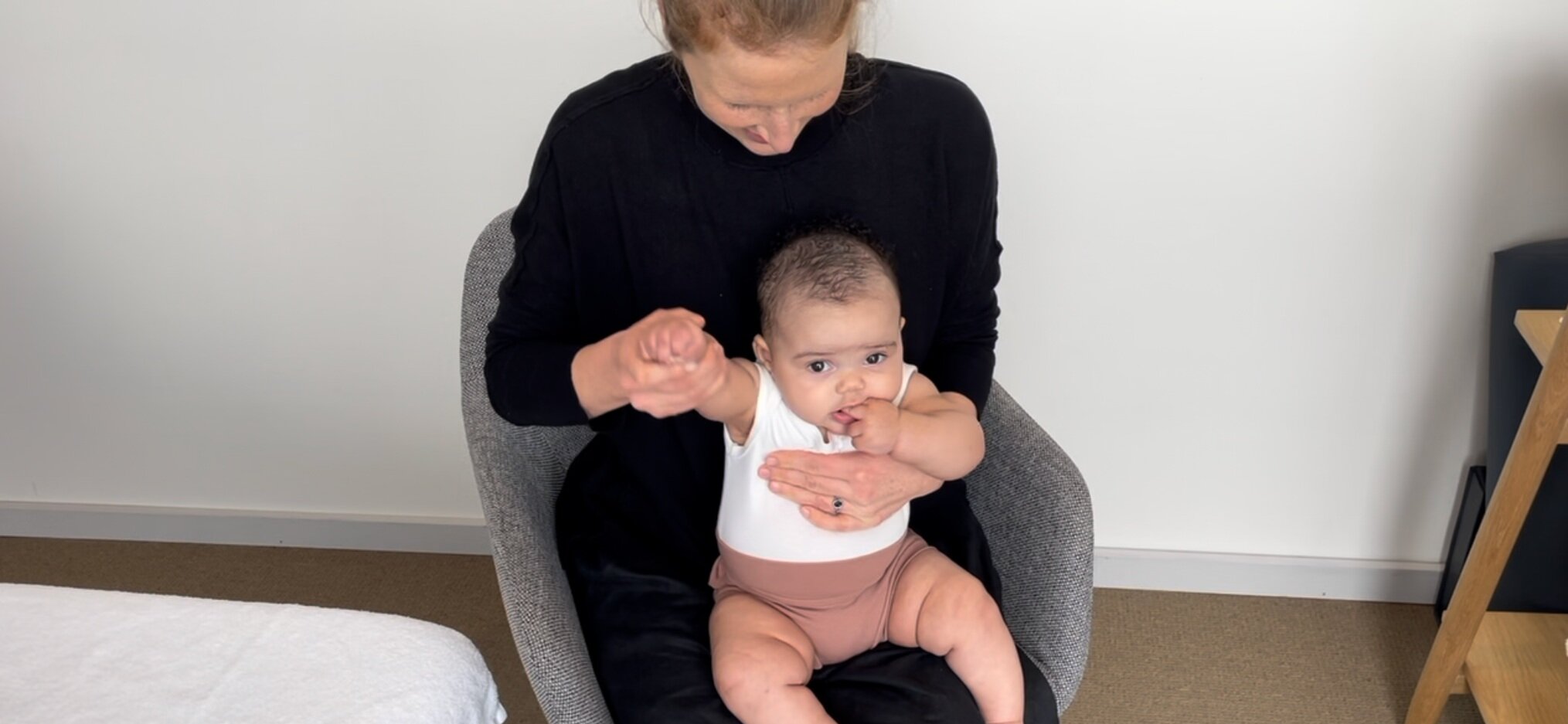About
There are many well known benefits to breast milk but did you know that the mechanism of breastfeeding itself is an integral part of cranio-facial development and requires coordination of a complex suck swallow breath pattern that sets up infants for functional breathing patterns (and much more) later in life?
As the process of breastfeeding is so complex. For this reason, we don’t have a recipe. When assessing and treating a baby who is having biomechanical issues impacting their ability to feed effectively, we approach each infant as an individual; considering all the different muscles, joints and nerves that are involved.
We use very gentle osteopathic techniques, and prefer more indirect styles of treatment such as cranial osteopathy. This assists the body’s natural self-healing mechanism to release any strains, improve the movement and function of neck, base of head and jaw while also re-establishing an overall state of health and balance.
Why might you seek osteopathic treatment for breastfeeding?
Your baby may be causing pain or misshapen nipples with feeding
You may notice milk leaking during a feed, hear clicking or gulping sounds or feel that your baby is taking in air with feeding
Recurrent mastitis (breast inflammation) - treatment can be helpful to reduce symptoms for Mum too
Your baby may be fussing at the breast
Your baby may have ongoing sucking blisters (two toned lips)
High palates
Low weight gains can be a sign of poor milk transfer
What osteopathic treatment can assist with:
There are a number of musculoskeletal reasons why your baby may have trouble latching optimally.
Osteopathic treatments for mums and bubs who need breastfeeding help involve an assessment of the baby’s whole body. We’ll assess how well they can move their arms and legs, their torso and their necks. We will feel through their jaw, and inspect inside their mouth.
Treatment of strains through the cranium
Due to positions in utero, the normal stresses of birth or interventions like forceps. These strains can create asymmetries or restrictions which can lead to an incompetent latch, irritation of nerves that supply the muscles involved with breastfeeding and expressions of primitive reflexes which are essential in the early days of breastfeeding
Head favouring/ improving positional comfort
if a baby has a strong preference for turning their head in one direction it may mean that they cannot get comfortable at the breast particularly on one side.
Improving latch
By balancing neck and jaw tension, suck retraining and assisting to broaden the palate
Assistance in diagnosis and management of tethered oral tissues (tongue and lip ties)
osteopaths have further training in the assessment and management of tethered oral tissues and can work with you to decide if releasing the tissues is warranted. Sometimes treating restrictions around the tongue tie is sufficient to improve function to breastfeed more efficiently. Research in this area is still developing and releasing ties is only done with
A Lactation Consultant can also be a great place to start to seek help for breastfeeding issues in conjunction with bodywork.
When to seek help
There is no minimum age to have your baby treated. If there is a concern then the sooner the better. Our treatments often consist of rhythmic movements, gentle massage and Cranial Osteopathy where we use gentle forces to create balance in the body. It can often look like we are not doing much when we are using these techniques
How often?
There are no recipes in osteopathy so treatment frequency will depend on how deeply entwined the strains are. We encourage growth out of strains rather than allowing the body to compensate.
Get a helping hand to support you through Breastfeeding by booking your osteopathic appointment.



